Digital fundraising is a game changer for nonprofits and continues to evolve. RKD loves to talk about it; from eappeal best practices and mobile donations, to media acquisition strategy. With the frenzy over digital, it’s no surprise people new to direct response ask me, “Does direct mail still work?”
The answer is (and I believe will continue to be), “Yes, direct mail still works and it continues to be a powerhouse in direct response fundraising!”
To think that the growth of digital implies the death of direct mail is a stretch. Anyone that understands strategic multichannel direct response knows that direct mail is a key part of any fundraising strategy. Ironically, Direct Mail has been an accelerant to Digital fundraising’s growth as more and more donors receive a piece of direct mail and go on line to give.
Direct Mail Creates a Connection
So why is direct mail still so effective?
Direct mail has a strong perceived value. It has weight, substance and dimension. You can not only see it but touch it. Turns out, 56% of consumers and 80% of donors still enjoy receiving mail.
That means that over half of the commercial consumer base and the vast majority of donors are receptive to traditional mail marketing. Direct mail is still a great way to reach mass audiences and connect with potential donors. And while other mediums can be “hotter” than direct mail (like digital and television) nothing can be more personal or official.
Important official correspondence still comes to the home via direct mail. For the majority of donors in America age 50+ this is an underlying mindset and a strength of direct mail.
Direct mail also personal and evokes emotion from recipients. Receiving a letter is an intimate experience and more personal than many forms of communication.
Effective direct mail fosters intimacy by generating a personal, emotive experience. As direct marketers, we should focus each element on building connections and unearthing affinity towards a cause.
Here’s an example of an emotive appeal RKD Group put together for the Vietnam Veterans Memorial Fund’s 35th anniversary of the memorial:
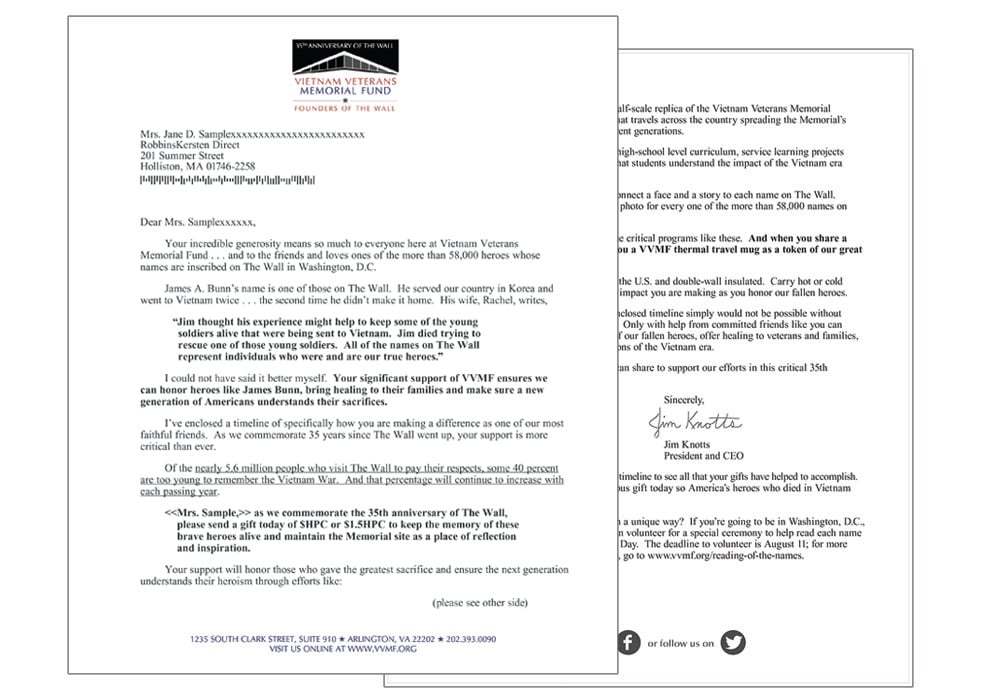
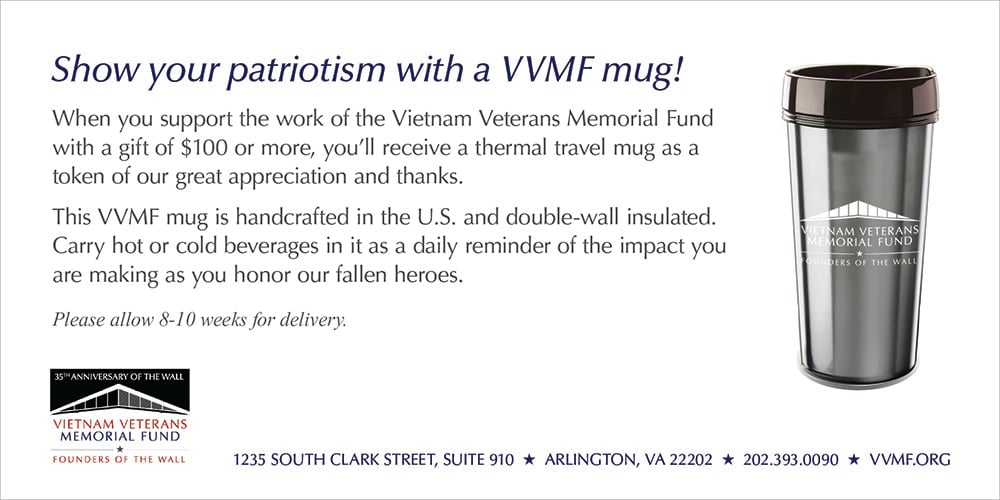

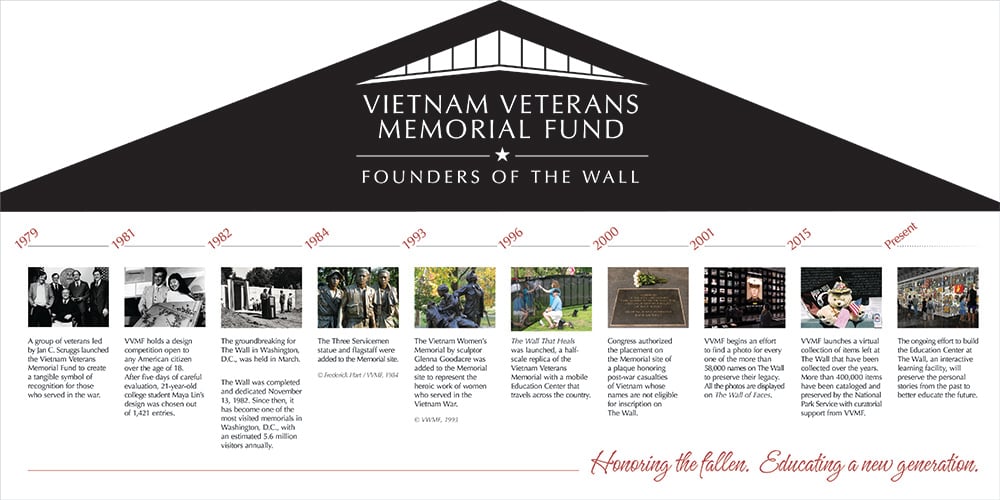
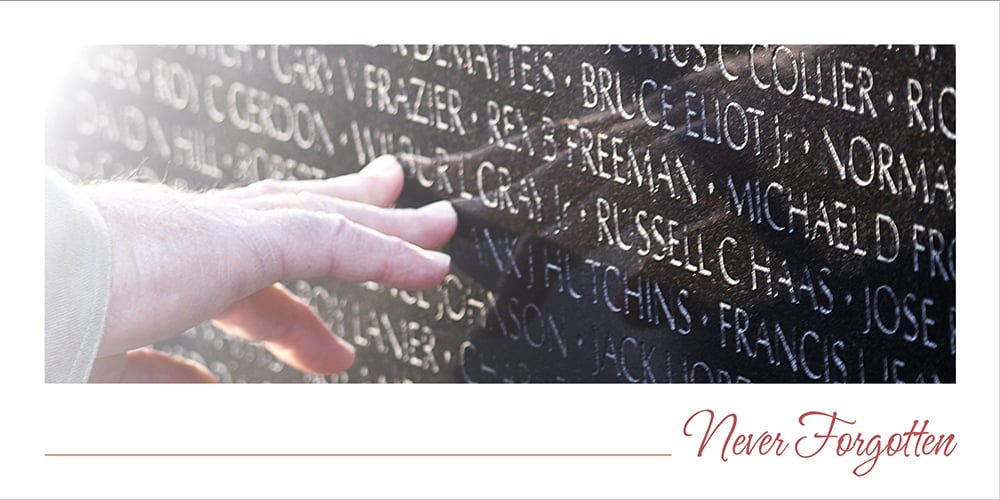
This appeal included:
- Appeal Letter
- Personalized with the recipient’s name
- Thanks the recipient for their previous contributions and support
- Integrates a quote from the spouse of an actual Vietnam veteran and explains what their next gift can help the fund do.
- Image
- A picture of the wall, detailed enough to show names of Vietnam veterans
- Reminds recipients of the beauty of the memorial they are being asked to support
- Reply Device
- Eye catching
- Sentimental copy that asks for a contribution
- Timeline
- A visual timeline of The Wall and surrounding memorial site’s progress since 1979
- A reminder of the organization’s progress and impact on the community
- Gift Offer*
- In return for a $100 + donation, a branded mug was sent to showcase their patriotism and thank them for their dedication
Direct Mail Plays an Assist Role, As Well
*Yes, this direct mail piece uses a premium. RKD’s experience is that premiums should be used sparingly. But with the right cause, offer and segmentation a premium can be an effective tool to demonstrate to the donor they are valued.
Each piece of this mail package can stand alone. And with a unifying theme and ‘reason for writing today,’ each piece reiterates something that is important to this donor base: remembrance.
This appeal serves as a reminder that the sacrifice is still appreciated, a thank you for their support of the cause and a promise that with the donor’s help, the monument will still stand. In other words, the intimacy of the medium, the importance of the messaging and the usefulness of each tactical element all work together to create an emotional connection.
Where there’s a connection, there’s a direct response conversion.
Yes, effective direct mail still accounts for 88% to 94% of revenue and 31% of first-time donor retainment.
But we’re also seeing more and more that direct mail racks up impressions: like targeted out-of-home pieces that land on the counter of your prospects. These impressions reinforce brand and can have an affect on driving organic search and direct digital giving.
In year’s past we’ve heard stories of organizations that pulled back on their mail schedule, only to see all revenue (including digital) decrease. Why is that?
It would be like pausing or reducing your brand spend. Less mail means less eyeballs—and less connections, as we discussed earlier. Cautionary tales aside, we challenge all of our clients to look for ways to aggregate reporting data and see the cross-channel impact.
For some this includes optimizing how channels are integrated, from channel cadence to segmentation. For others, the relationship between direct mail and digital is a ripe ground for testing. Messaging platforms and creative offers are just two of the ways you can approach multichannel testing. One client, the Ann & Robert H. Lurie Children’s Hospital of Chicago, sees roughly 10% of its online revenue directly attributable to URLs from direct mail pieces.
We’ve used this as an opportunity to test the destination of the URL, optimizing conversion and average gift. But this is only a portion of the online gifts stimulated by direct mail.
A specific URL, while very precise in helping direct the donor’s online gift, takes time to type out and execute. For some causes, the number of people who go directly to the homepage can be two to three times that of those who use the URL.
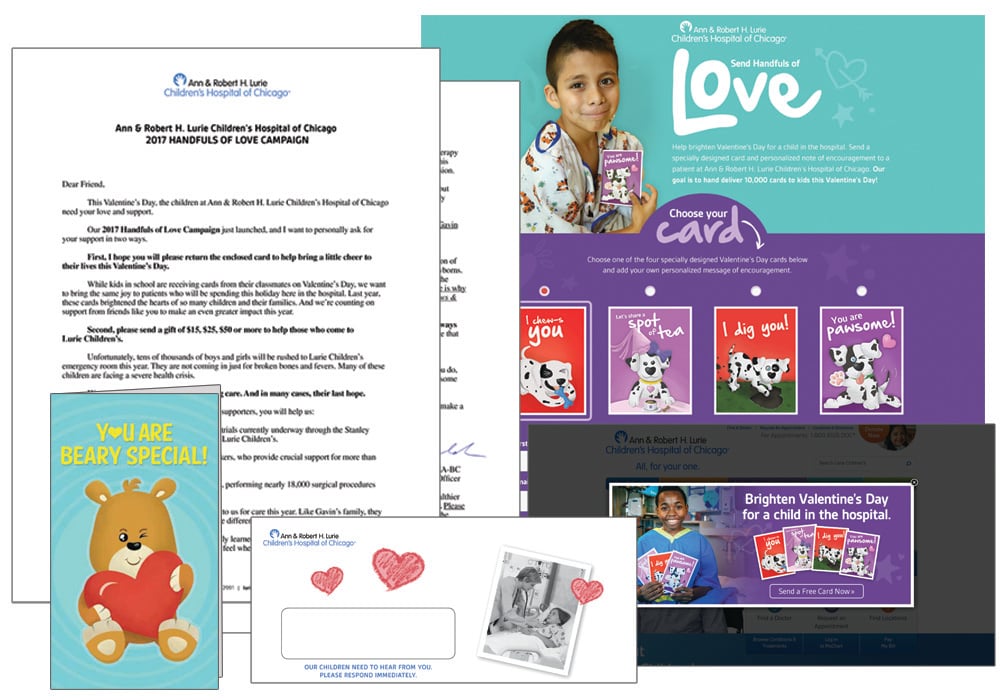
Back to the original question, is direct mail still effective? Most definitely, yes. But is direct mail’s role also changing? The answer again is, yes! And one might say, it’s even expanding.
Direct mail continues to evoke a direct response, but now it strengthens the message and offer seen in other channels. In both cases, direct mail remains a pillar in fundraising and a primary way to effectively grow your donor file and long-term net revenue.


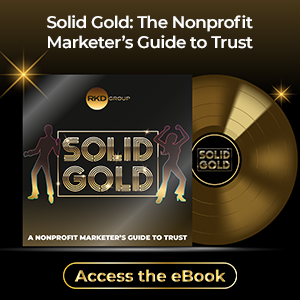


Leave a comment: